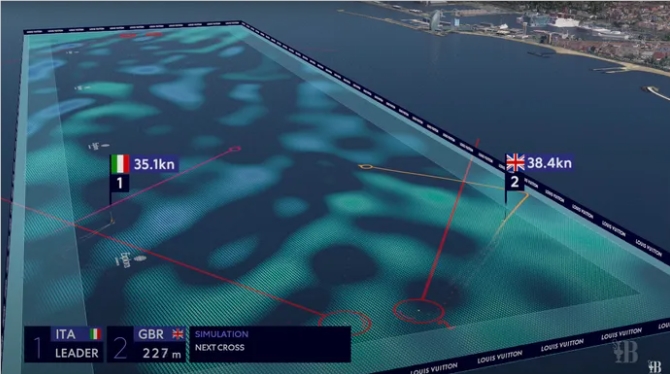In the wave of technological innovation, Norwegian startup Sonair is revolutionizing the field of perception technology. They have cleverly introduced ultrasonic technology into the realm of 3D computer vision for autonomous hardware, challenging the long-standing dominance of LiDAR (Light Detection and Ranging).
Sonair's founder and CEO, Knut Sandven, has proposed a bold vision: utilizing ultrasonic technology to read sound waves for detecting people and objects, achieving 3D imaging. This technology not only boasts low energy consumption and minimal computational demands but also promises to be more practical and economical than the widely used LiDAR. Recently, Sonair secured $6.8 million in funding, which undoubtedly injects strong momentum into their innovation journey.

Image Source Note: The image was generated by AI, provided by the image licensing service Midjourney
Sonair's technology is inspired by underwater sonar, ingeniously transferring the functionality of sound wave sensors to the air. They have developed ultrasonic sensors and related software that employ a "beamforming" method, also used in radar technology. By working in tandem with cameras, Sonair's technology can provide autonomous systems with more accurate spatial perception.
Compared to LiDAR, Sonair's technology showcases multiple advantages. Firstly, it could potentially reduce the overall cost of sensor components by 50% to 80%. Secondly, initial applications show that mobile robots using this technology can achieve a 180-degree field of view with a detection range of up to 5 meters, using fewer sensors. More importantly, this technology has the potential to address the limitations of LiDAR in certain environments, such as issues with light sources and interference from specific surfaces and materials.
Sonair's market strategy is also forward-looking. They plan to initially target the autonomous mobile robots (AMR) sector, particularly those responsible for transporting goods. This entry point is very strategic, as Sagar Chandna from RunwayFBU predicts that by 2024, the market for autonomous mobile robots will reach $1.4 billion, with an estimated production of 200,000 units. This provides Sonair with a significant immediate market opportunity.
However, Sonair's ambitions do not stop there. Their technology also has potential applications in other areas, such as smartphones or wearable devices, as a supplement or alternative to haptic feedback. Sandven mentioned that unlike current technologies primarily focused on reaction after touch, Sonair's technology can respond before the touch occurs, providing users with more precise distance perception.
Investor Preben Songe-Møller, a partner at Skyfall, is very optimistic about the prospects of this technology. He believes that as the cost of sensor technology decreases and AI advances in perception and decision-making capabilities, various sectors from manufacturing to healthcare will benefit.
Sonair's innovation undoubtedly opens up new possibilities for the development of autonomous systems. By introducing ultrasonic technology into the field of 3D computer vision, they not only challenge the limitations of existing technologies but also point the industry towards a potential new direction. Although LiDAR remains the mainstream choice for autonomous system development, Sonair's emergence demonstrates a strong market demand for more economical and flexible alternatives.
As the technology continues to mature and its application scope expands, we have reason to believe that Sonair's ultrasonic technology will play an increasingly important role in autonomous systems, IoT devices, and even everyday consumer electronics. This technological revolution sparked by sound waves may redefine how we interact with our surroundings, painting an exciting new blueprint for the future smart world.



